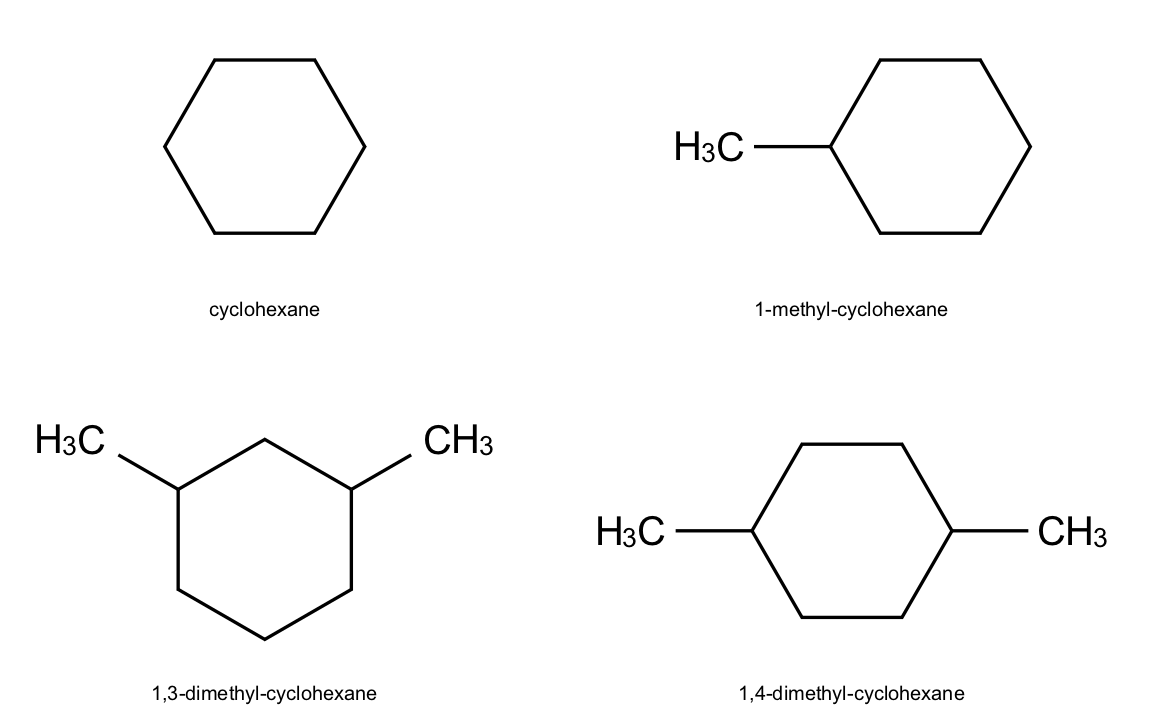I participated in the LLM Hackathon for Applications in Materials Science & Chemistry September 11-12, 2025. It was a great opportunity to think and learn about how LLMs can be used in science. It was also a chance to meet new people in the community, or collaborate live with folks I know from online.
Jeremy Monat, PhD
An LLM Chat Plants the Seed To come up with small projects to do in preparation for job interviews (contact me if you need a cheminformatics scientific software developer!), I interactively asked ChatGPT for suggestions. It suggested The Murcko Scaffolds Blog Post I wrote code to find the Murcko scaffold for a set of molecules, then determine the count of unique scaffolds. That answered the ChapGPT challenge.
This tutorial shows two ways to accomplish skeletal editing reactions in the RDKit: By using Reaction SMARTS or atom editing. As my collaborator Dr. Phyo Phyo Zin posted in How to Use Skeletal Editing in Drug Discovery: Key Benefits &
This is an update of a Recap retrosynthetic tree blog post to programmatically annotate the diagram. Previously, I exported the drawing from the RDKit and manually annotated the it with another program. After reading Greg Landrum’s RKDit blog post Drawing on drawings, I wanted to automate annotating the tree.
This notebook is the result of a collaboration between myself, Dr. Jeremy E. Monat, and Dr. Phyo Phyo Zin. This is a hands-on tutorial that guides readers through implementing skeletal editing transformations using Python and RDKit, and Phyo Phyo focuses on the high-level principles and applications in the blog post How to Use Skeletal Editing in Drug Discovery: Key Benefits & Applications.

Exploring other cheminformatics toolkits besides the RDKit, I wanted to try EPAM Indigo Toolkit. The Indigo Toolkit is free and open-source with Apache License 2.0, so it can be used in proprietary software. I was unable to find simple examples of drawing molecules in a Python Jupyter Notebook, so here’s how to do that. This post also demonstrates how to save molecular images to a file.
As the YouTubers would say, “A lot of you have been asking me about how to write cheminformatics blog posts.” Well, not a lot, but at least a couple! I realized that there’s a pattern to how I write cheminformatics blog posts (16 so far), so I’m sharing that here. My blog posts are intended to be tutorials that explore a topic, usually with existing tools. I figure out how to accomplish a cheminformatics objective, then share that.
Molecules have a color if their electronic energy levels are close enough to absorb visible rather than ultraviolet light. For organic molecules, that’s often because of an extensive chain of conjugated bonds. Can we use cheminformatics to find evidence that increasing conjugated bond chain length decreases absorption wavelength, which makes a molecule colored?
Tautomers are chemical structures that readily interconvert under given conditions. For example, an amino acid has a neutral form, and a zwitterionic form with separated positive and negative charges. Cheminformatics packages have algorithms to enumerate tautomers based on rules. Which algorithms produce the most tautomers? And how successful is InChI at representing with a single representation all tautomers of a given structure?
This blog post presents a more computationally-efficient way to determine the abundance of the molecular isotopes of a molecule. In part 1, we created a molecule for each possible placement of each isotope in a molecule. While that worked, it was computationally expensive because it required creating each permutation. In this blog post, we’ll create each combination only once and calculate its abundance using the binomial distribution.
Elements can have several isotopes, which have the same number of protons and electrons but different numbers of neutrons. Because a neutron has a mass of approximately 1 amu (atomic mass unit), different isotopes of an element appear at different mass-to-charge ratios in a mass spectrum as measured by a mass spectrometer.